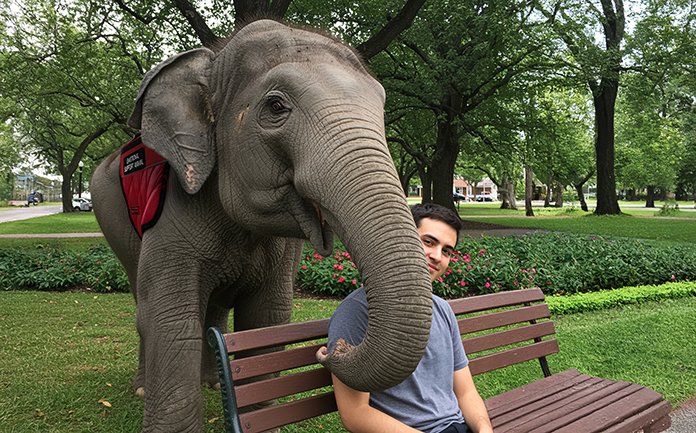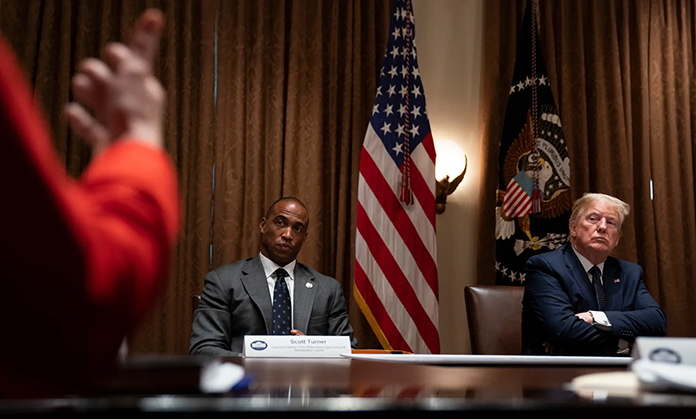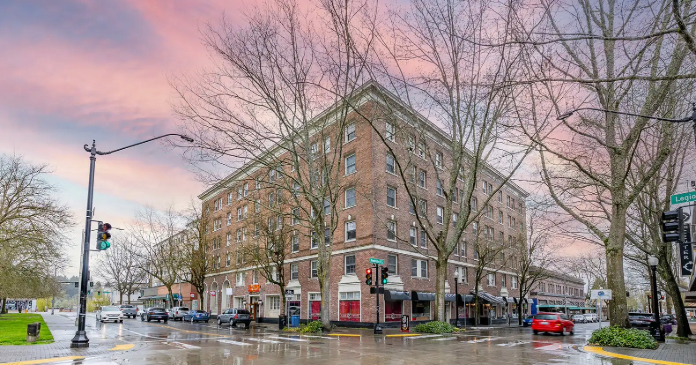Some say the U.S. is headed for a labor crisis as boomers reach retirement and the population tips 300 million. As ever more service jobs emerge, here’s a glimpse at the future as determined by workforce trends from the U.S. Bureau of Labor statistics.
Labor force growth will slow to an annual 0.2 percent after 2015 compared to 2.6 percent between 1970-1980 and 1 percent during the last decade. Baby boomers will start retiring and women’s participation will level off. Women presently make up nearly half the workforce. Over three quarters of all mothers are working and the propensity to hold a job remains strongest among single mothers.
The median age of the labor force will reach a historically unprecedented 41 years in 2008 — compared to 35 in 1978. As middle management layers are made redundant by technology and as start-ups mature — experienced executives will be in great demand and short supply. Retirees will be called upon as advisors or managers of special projects. This, coupled with a dramatic increase in functional life expectancy, may well erode the very concept of retirement.
The Urban Institute predicts that, as Generation X, Gen Y and young immigrants enter the workforce, they will be polarized between the under-25’s and the over-45’s.
Labor force growth is strongest among immigrants and minorities. They will make up more than a quarter of the total workforce in 2008. Those with higher education and those devoid even of a high school diploma are over-represented among recent immigrants.
College graduates already earn twice as much. Their earnings are still growing in real terms, as people with a high school diploma whose inflation-adjusted earnings dwindle. High school dropouts are four times as likely to be unemployed as college graduates; such disparities will only be further exacerbated. On the job training allows some to catch up.
Five of the ten fastest growing occupations are computer-related. Three of ten are in healthcare. Yet, contrary to the hype, half of the new jobs created by 2008 will still be in traditional, labor-intensive sectors such as retail or trucking. One in two jobs, and two in three new ones, are in small companies with less than 100 workers. Even behemoths, like General Motors, now resemble networks of small, autonomous businesses, and profit and loss centers.
The burden of wage-related taxes and benefits is heavy, at one-half the base salary, though it has held stable at this level since 1970.
The shift from defined benefit to defined contribution retirement plans continues apace. This enhances labor mobility as workers are able to carry their personal plans with them to new employers. Still, the looming social security crisis is far from resolved. In 1960, there were 5 workers per every beneficiary.
By 2060, there will be less than two. Moreover, close to a third of all beneficiaries will be the relatives of retired or deceased workers — rather than the pensioners themselves. This is likely to
create social tensions between workers and beneficiaries.
Job tenure has decreased significantly in all age groups over the last two decades, but only among men. Both boom and bust contributed. Economic growth encourages job-hunting, job hopping, and job-shopping. Recessions foster downsizing and bankruptcies. Jobs are mainly obtained through nimble networking. This is especially true at the higher rungs of the income ladder.
Still, job stability hasn’t changed much since 1983. Moreover, some jobs, and employment in some states, are more stable than others. Transformation across all professions took place among workers younger than 32 and those with long tenure.
Job stability among the younger group decreased significantly. By age 32 they’ve already worked for 9 different firms according to figures by The Economist. Job security of the tenured has vanished as firms, until less than 2 years ago, succumbed to a “youth cult” and inanely rid themselves of precious social and professional capital.
Another phenomenon is the emergence of a Hollywood-like star system among ultra-skilled workers — both technical and executive. Many act as freelancers and get paid a mixture of cash and equity. As well, they market themselves as a brand.
The more capable they are of managing organizational change, leading teams, and identifying business opportunities — the more rewarded they are, according to a study by Timothy Bresnahan in the Economic Journal.
About 3 percent of the workforce are employed through temporary agencies. This is 6 times the figure of 1983. Public prejudices aside, even engineers and system analysts work as temps. Many prefer Mac-jobs, freelancing, or temporary assignments. It allows them to preserve their independence and flexible lifestyle. More than 90 percent of all Americans are happily ensconced in their jobs.
Work continues to encroach on family life and leisure time. In 1969, couples aged 25-54 toiled a combined 56 hours a week. By 2000, they were spending 67 hours at work, or 70 hours if they were childless. This increasing absence may have contributed to the disintegration of the nuclear family, the emergence of alternative family systems, and loosening community ties.
















